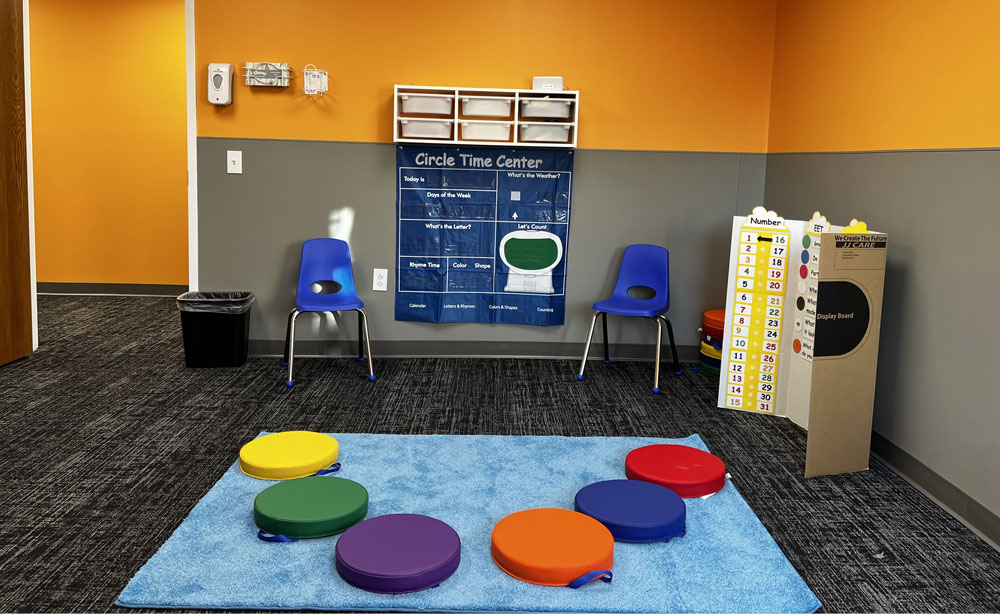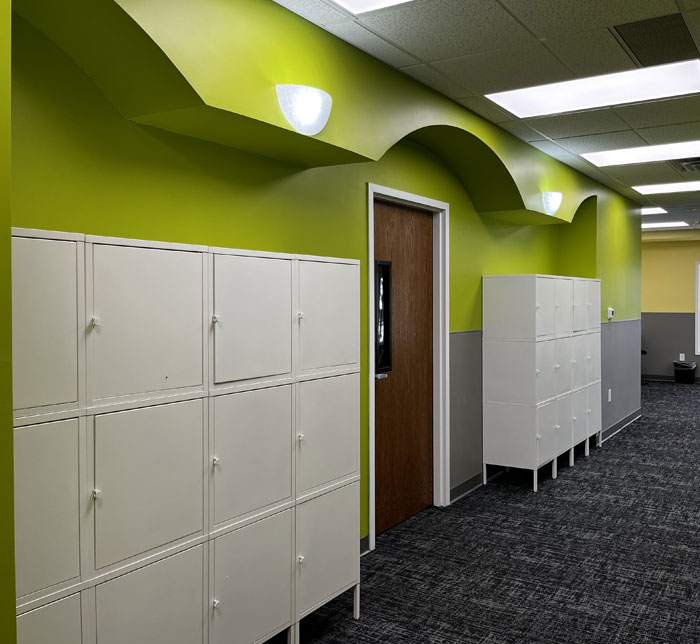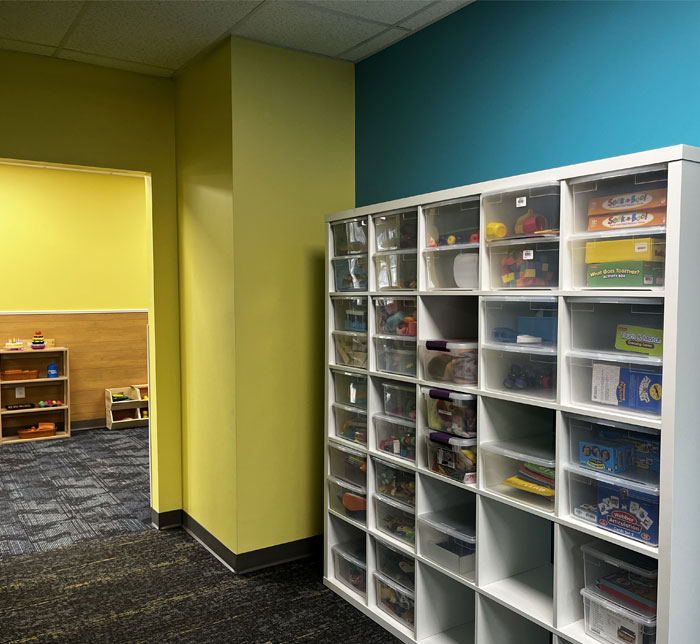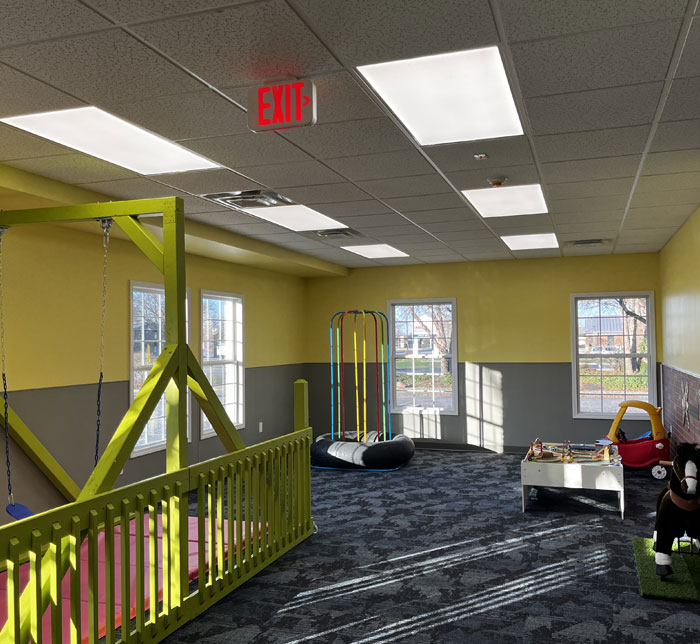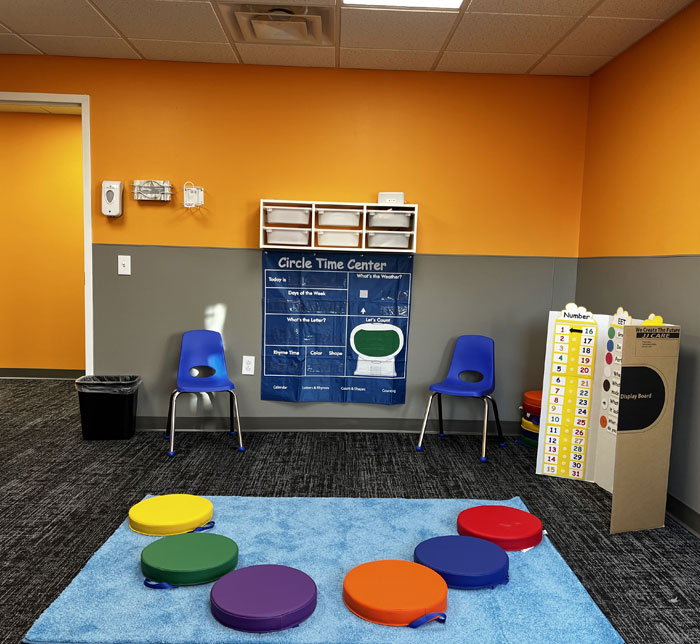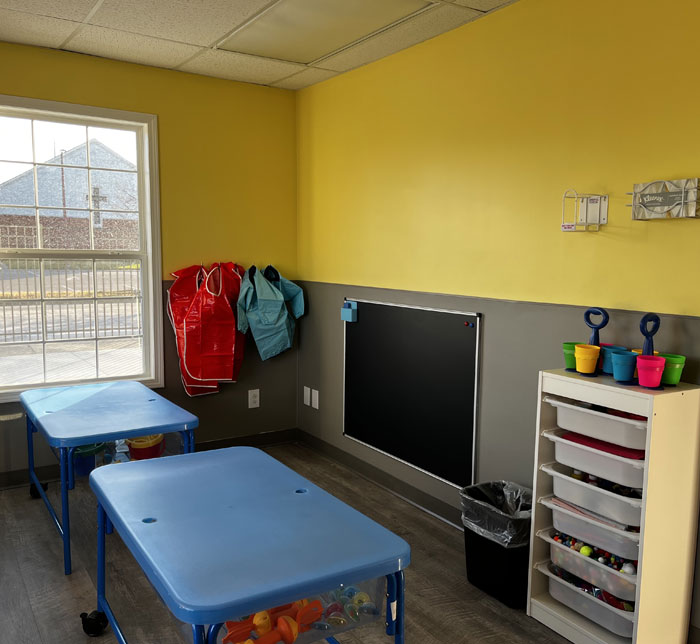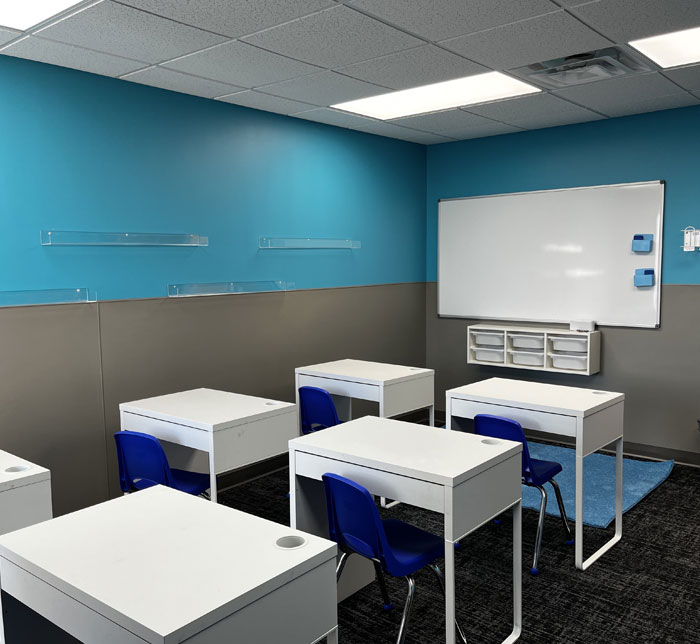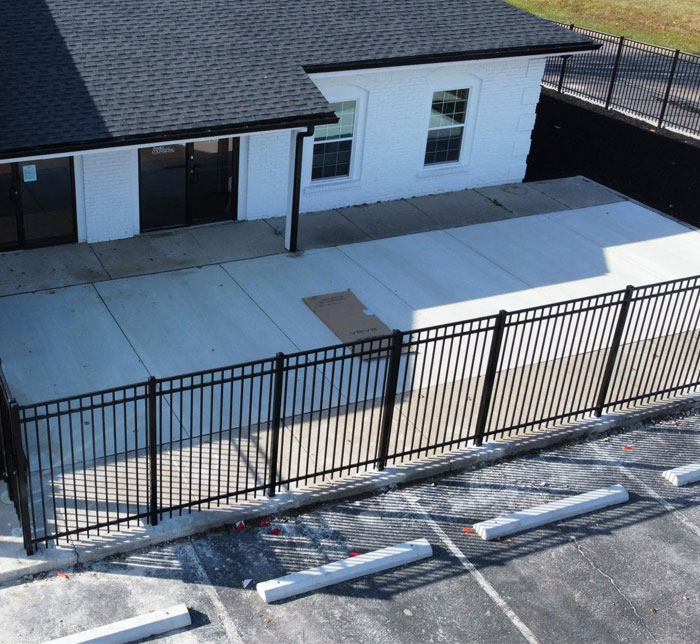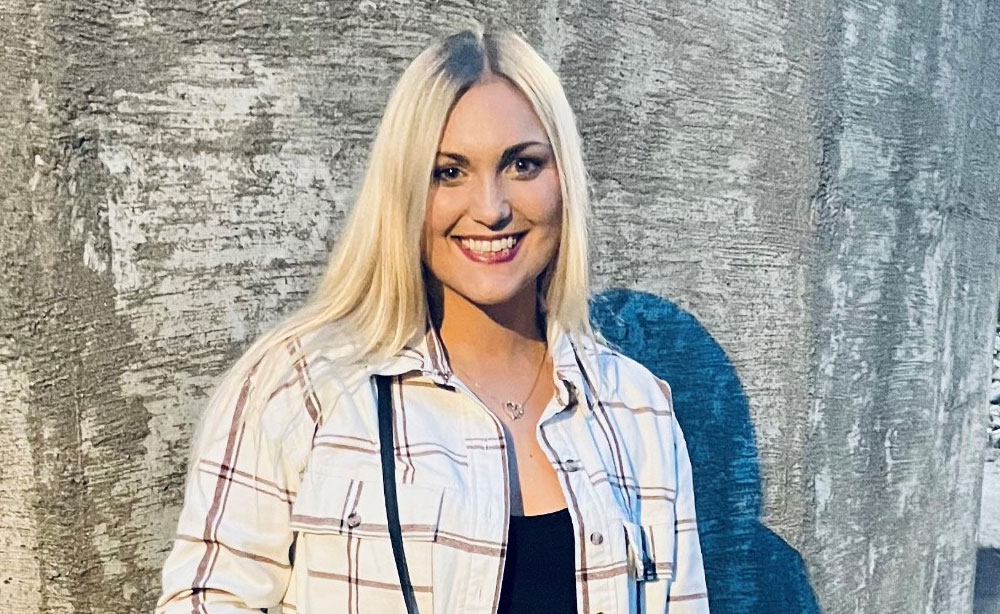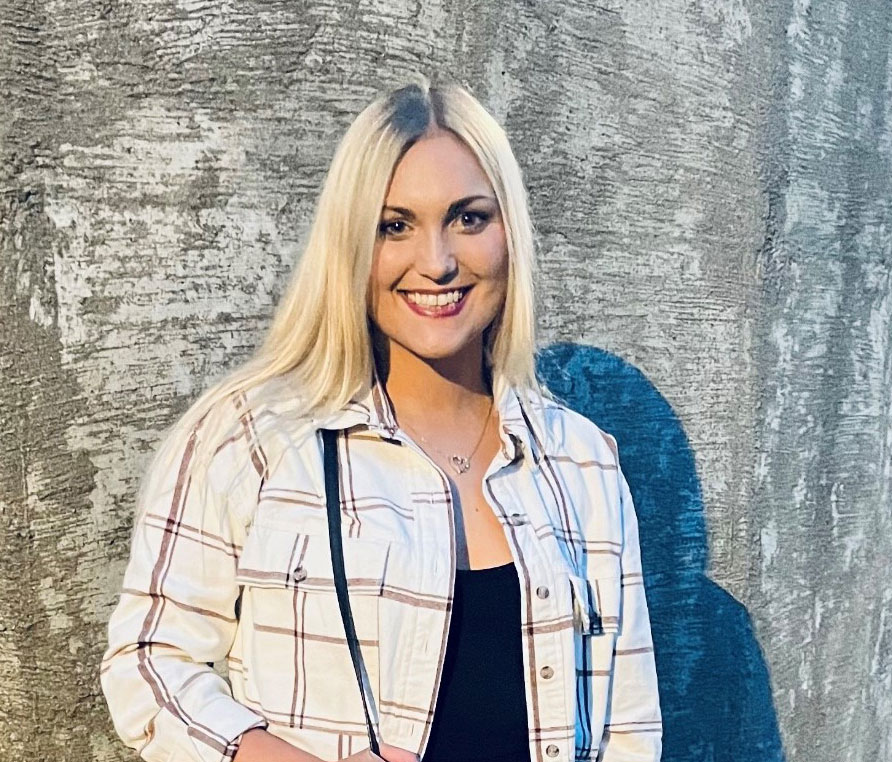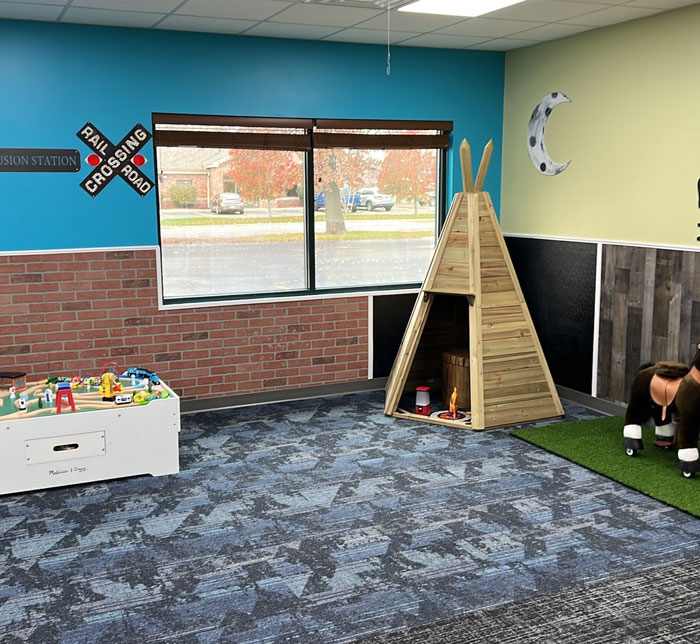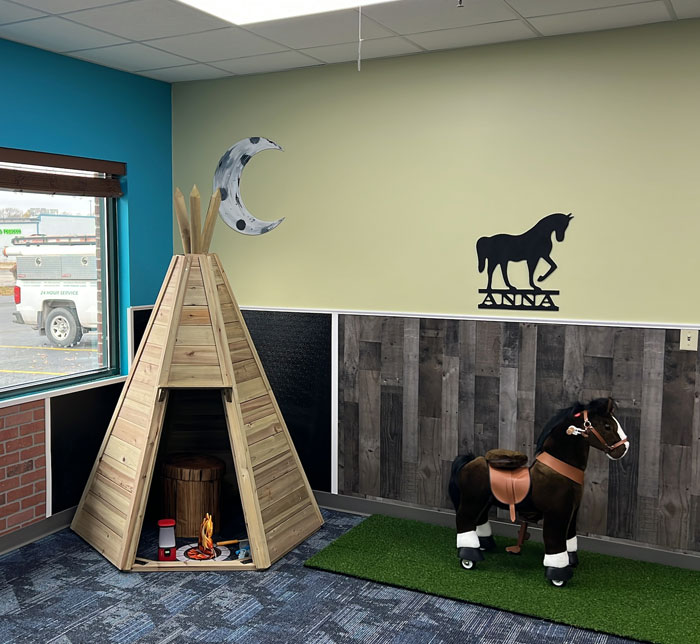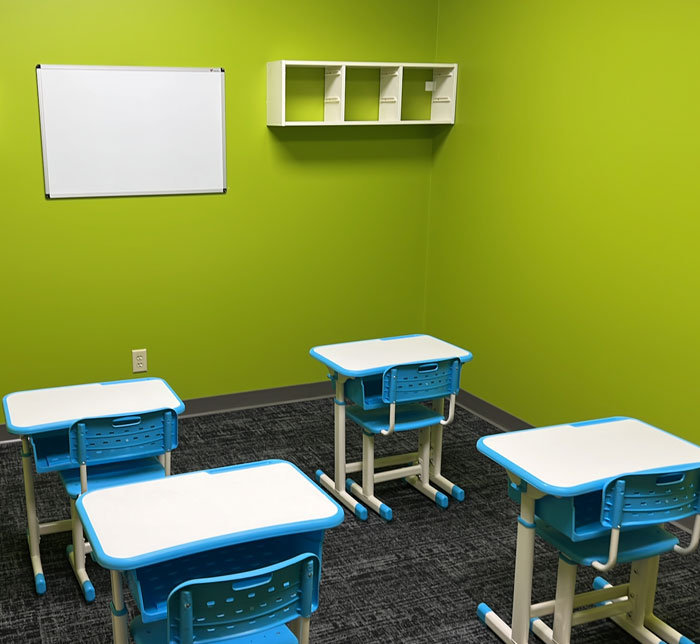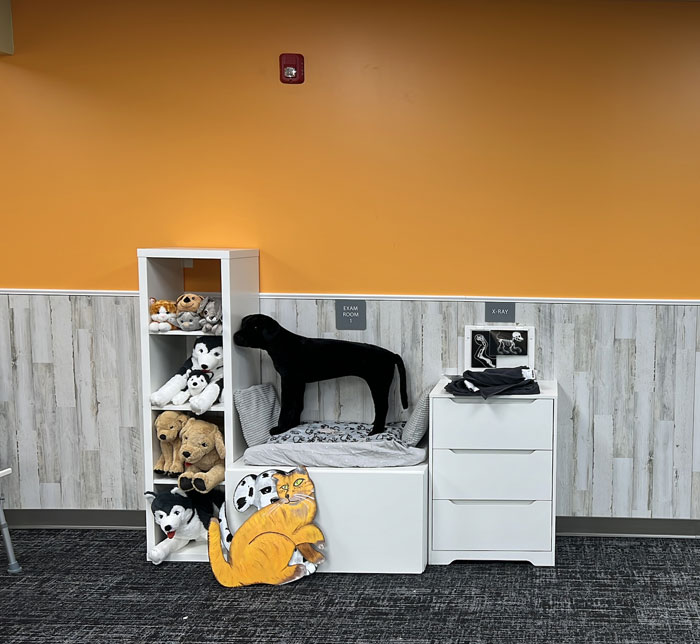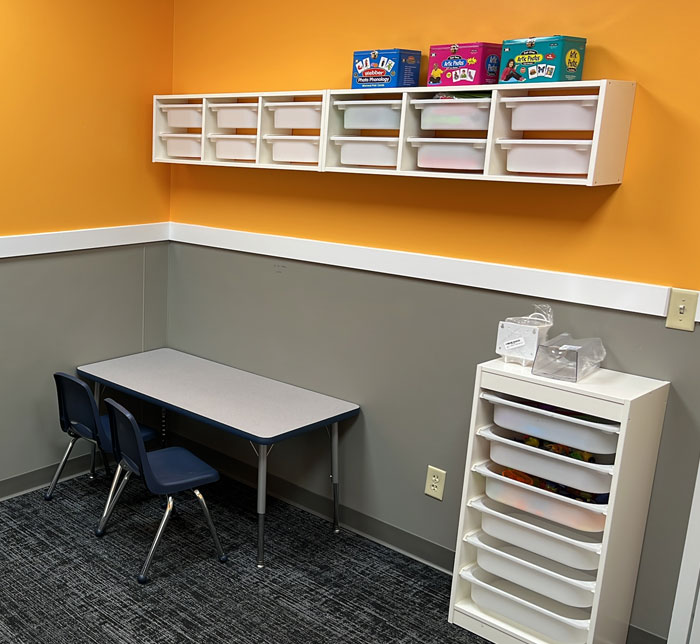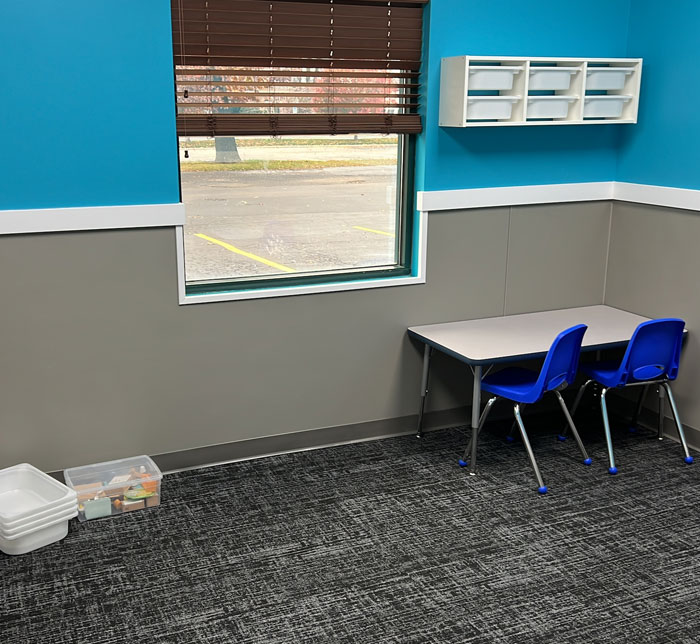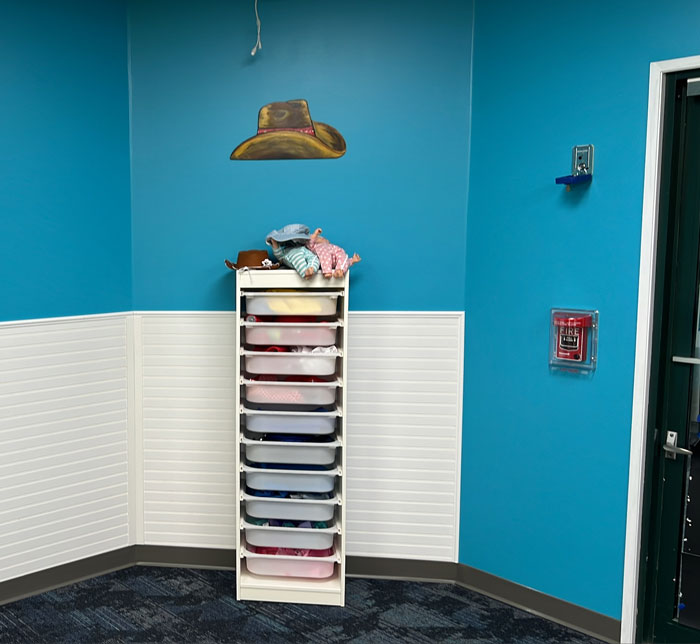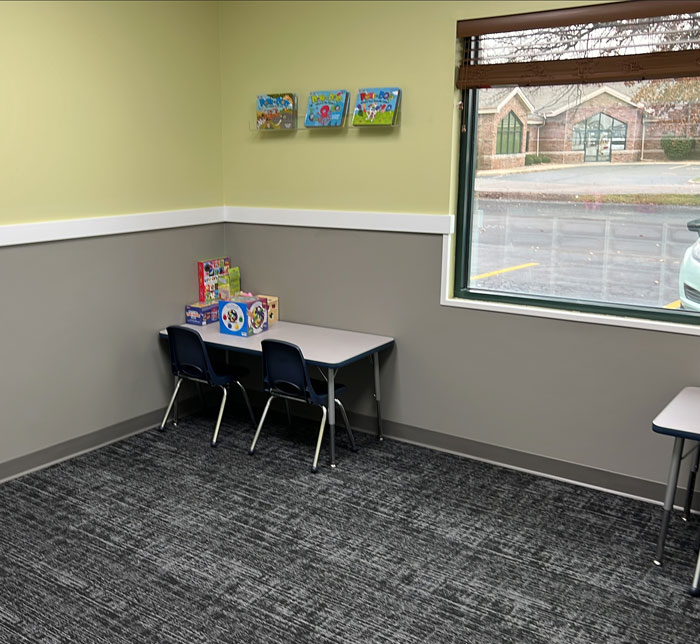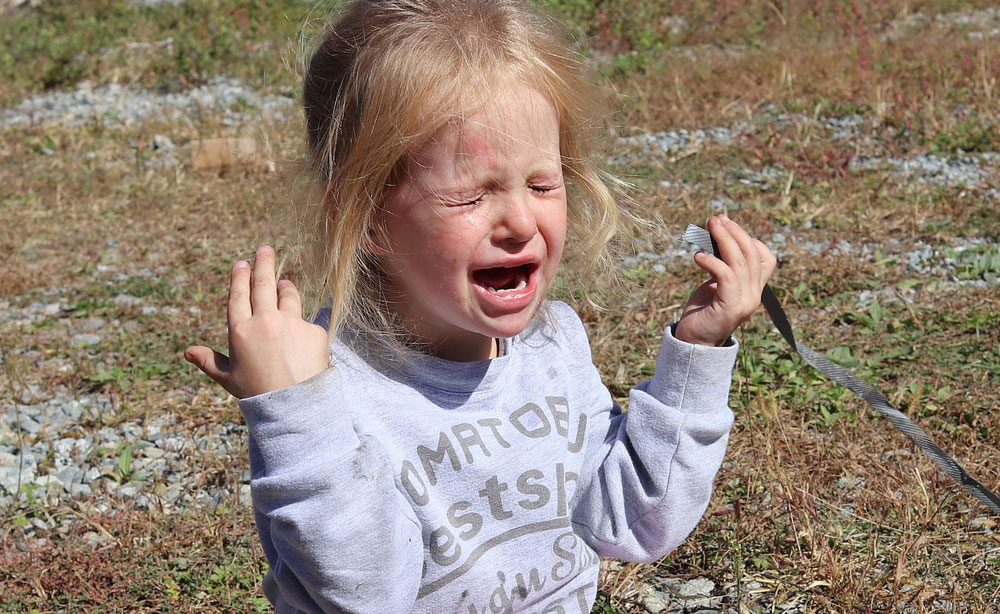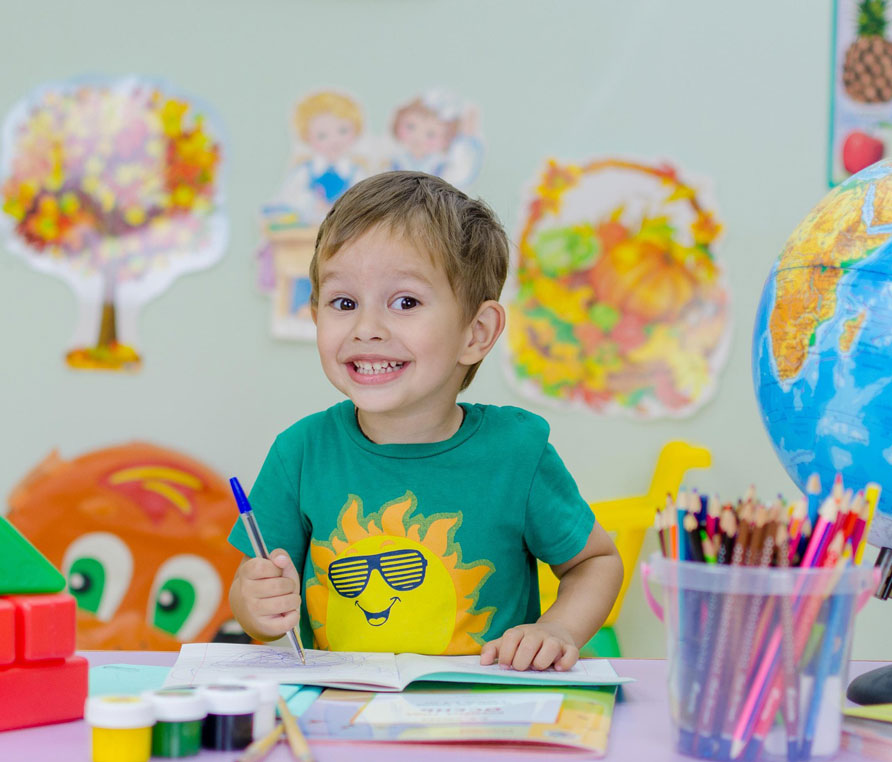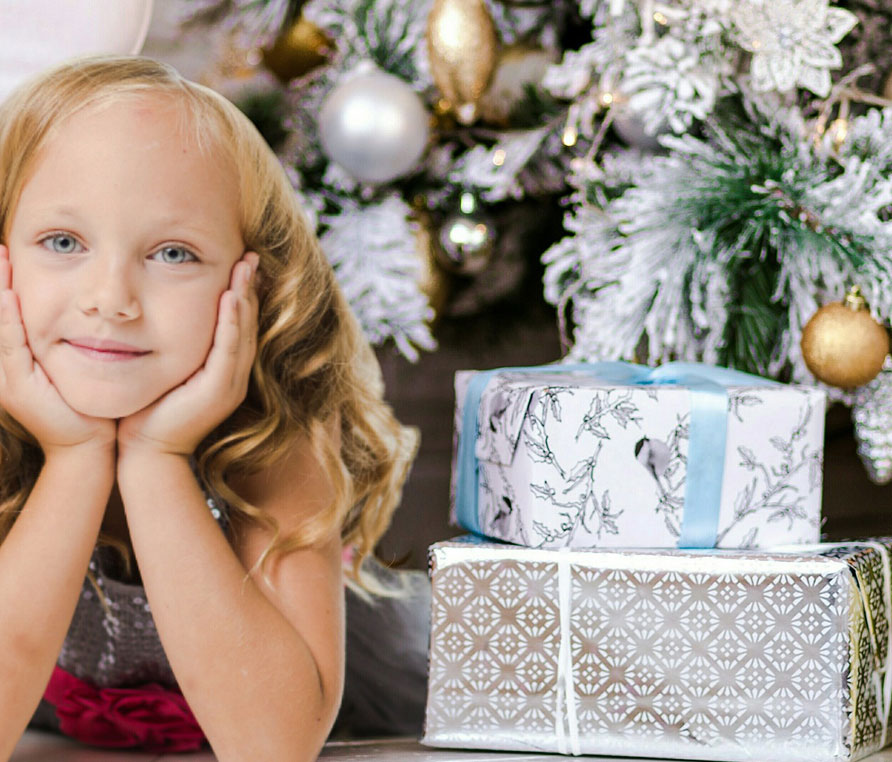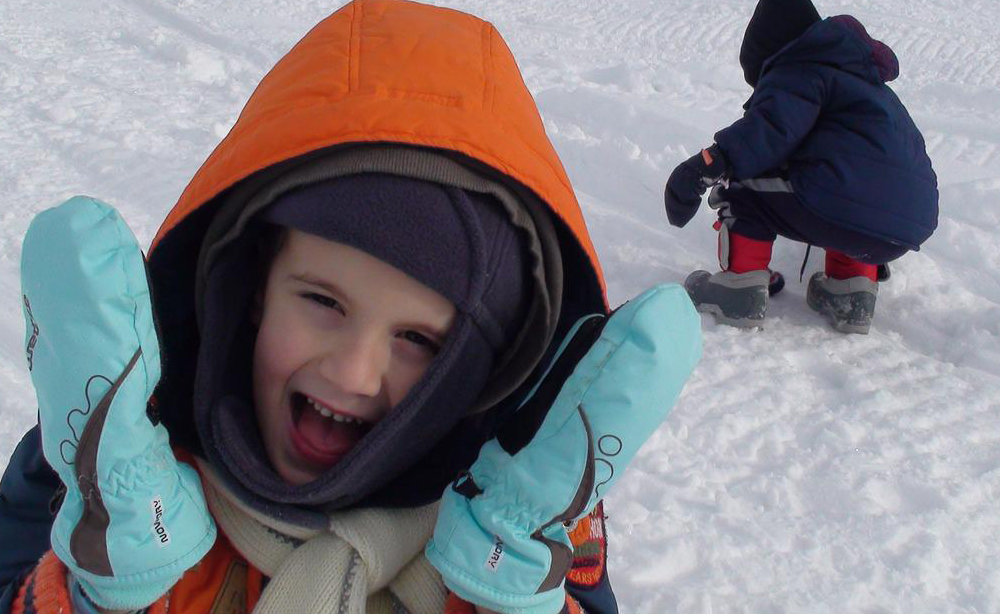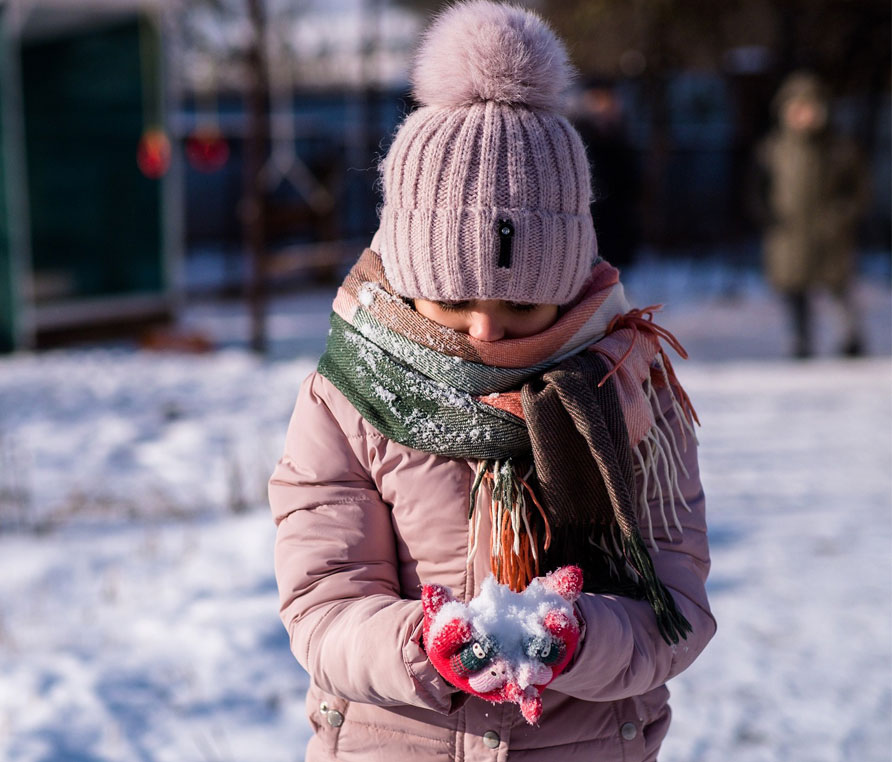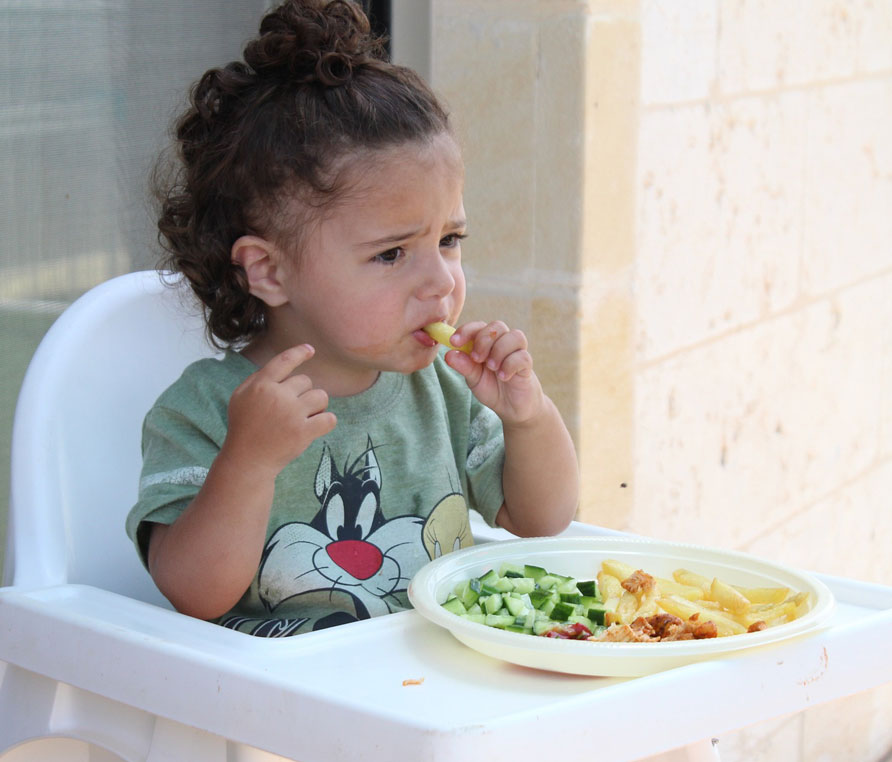Children with autism may be labeled picky eaters, but the truth is that they face a unique set of challenges around mealtimes. Discover helpful tips on introducing new foods and expanding your child’s diet in a way that is more enjoyable for everyone at the table.
Tips for Introducing New Foods and Healthy Eating Habits
If you’re tired of googling “best foods for picky eaters” and ending up frustrated after mealtimes, it may be time to take a different approach. People with autism may be sensitive to the taste, smell, color, and texture of foods. Because of this, they may limit or avoid particular foods or even whole food groups.
Of course, you already understand the importance of consuming a well-rounded diet with a variety of fresh fruits and vegetables, lean proteins, and healthy fats. Recent studies have shown that children with autism-related symptoms are five times more likely to demonstrate atypical eating behaviors, including narrow food selections, ritualistic eating behavior, and meal-related tantrums, which can make getting the necessary nutrients a challenge.
Today, we’re looking at how to expand your child’s food choices by addressing underlying anxiety, inflexibility, and sensory issues. We’ll share some of our best picky eater tips for parents to help reduce problematic mealtime behaviors and the stress that accompanies them. You might even be inspired with a few school lunch ideas!
Picky eating vs. food rejection
While it’s common for autism to affect your child’s eating habits, it’s important to understand that there is a significant difference between what is colloquially considered “picky eating” and the unique challenges that children on the autism spectrum face. Most children, especially toddlers, go through stages where they refuse certain foods because of taste, smell, or texture. Generally, this is something they grow out of.
Children on the spectrum, however, aren’t just “being difficult.” Problematic mealtime behaviors may be a result of sensory issues, underdeveloped oral motor musculature (which makes certain textures troublesome), GI issues they aren’t able to communicate, the need for routine, or challenges with trying new things in general.
Another factor that contributes to the idea that autistic children are picky eaters is the myth of “high functioning autism,” which suggests that an individual who excels academically or is socially competent has “high function.” However, autistic children with high intelligence or excellent social skills are still likely to struggle with daily tasks like brushing their teeth, making decisions, or telling time. When children seen as “high functioning” struggle with eating certain foods, their behavior can be misconstrued as merely “being difficult.”
If left untreated, unhealthy mealtime behaviors may continue to escalate. Parents are often overwhelmed by a number of challenges at the same time. These issues may take precedence over feeding difficulties, and parents may find themselves relying on the few foods their child is willing to eat to avoid negative backlash. The longer feeding issues are allowed to continue, however, the more difficult and time-consuming it may be to help your child develop healthy eating habits.
Everyone knows how challenging changing your eating habits can be, and this is especially true for autistic children. Because they may hyper-focus on certain foods while refusing to try others, both behavioral therapy and nutritional therapy may be necessary. This will help adjust symptoms that may otherwise become maladaptive behaviors, as well as ensure you are working towards a well-balanced diet.
Ruling out medical issues
Common gastrointestinal issues associated with food rejection include acid reflux, constipation, diarrhea, and eosinophilic esophagitis. Autistic children are just as likely to suffer the same GI disorders as other children, but the difference is that they may not be able to localize or verbalize their discomfort. If a child senses or fears that a specific food may trigger pain, they are likely to refuse it, become suspicious of it, or throw tantrums.
This makes it important for parents to be proactive in discovering the source of their child’s discomfort. A pediatric gastroenterologist can help rule out medical issues.
Techniques for expanding your child’s diet
1. Start small
Your child most likely has a select few favorite foods. When introducing new foods, or previously rejected foods, you can create a positive association by introducing minuscule amounts of these foods alongside their pre-established favorites. The first time, they may not necessarily eat the food, but they can still get used to its presence and appearance. Even if they don’t want to try it, you can encourage them to touch, smell, and explore the food. The next time, you might ask them to try a single bite and praise them for being willing to try.
2. Try desensitization practices
If your child has strongly rejected a certain food, but you feel it is necessary as part of a healthy diet, or it’s a staple in your household, you’ll need to reintroduce the food even more slowly, using a desensitizing technique. For example, if your child hates apples, start by placing apples in the house. Next, bring an apple into the room during playtime. This way, they can get used to the food without having to eat it. After a while, you might place some apples on the table during meals without requiring them to touch or eat them. Next, put a slice of apple on their plate. When they are okay with the apple slice on their plate, and their original feelings of aversion have been resolved, invite them to try a bite.
3. Offer choices and control
No one likes to be told what to eat, and sometimes, your child will simply not like a food – this is completely natural. To accommodate this and give your child the opportunity to exercise healthy control, offer a wide variety of choices (within the necessary categories that form a well-balanced meal), and allow them to decide. For instance, when choosing dinner, allow your child to choose one ingredient from a variety of vegetables, starches, and proteins. If you’re making a curry, stew, or pasta dish, ask them to add one “mystery” ingredient to the dish for the other family members to discover. They might choose chicken, broccoli, or beans, for instance.
4. Adjust textures
Hypersensitivity to textures is a common occurrence in people on the spectrum and can show up during mealtimes. Often, it’s the way a food feels in the mouth, not its flavor, that produces a strong aversion to certain foods. The crunchy texture of an apple or the squishy texture of a freshly sliced tomato is a classic example. Luckily, there are a multitude of ways to prepare foods and also a variety of healthy substitutes. Pears, for example, are much softer than apples, and apples could also be served stewed. Tomatoes can be blended or chopped finely into salsa or cooked into a sauce and served over pasta or as a dip for potato wedges.
One of the best ways to get picky eaters to eat veggies is to prepare them in a new and exciting way or work them into other dishes where they are not as easily distinguishable. For example, you could grate zucchini into oatmeal, add broccoli to homemade chicken nuggets, or blend leafy greens into smoothies without anyone noticing.
5. Set realistic goals
Mealtimes shouldn’t be a battleground, so be sure to manage your emotions, adjust your expectations, and set realistic goals. Many children need to taste a food more than a dozen times before they’re willing to eat it without any fuss. Autistic children with food aversions may take longer, so be sure to practice patience and create a safe environment for your child to explore new foods.
There are likely a number of behaviors that require some practice when it comes to mealtimes, so rather than trying to correct them all within a single meal, break them into individual goals. Then prioritize those goals and address them one at a time. Are you trying to increase the variety of foods your child consumes? The amount they eat? Correct disruptive behavior at the table? Identify your primary target, make the target known to both your child and other caretakers, and focus meals on progressing in that area.
If, for instance, your child barely eats two or three bites at a meal, it’s unreasonable to expect them to clear their plate, and it’s probably not the best time to start introducing new or previously rejected foods. Instead, try increasing their intake by one bite per meal, and be sure to praise their success rather than piling more expectations on them because you think the meal is going well.
Lastly, expect a certain amount of resistance. This might include crying or whining, verbal aggression, and/or disruptive behaviors. The presence of these things doesn’t mean you’re not making progress, so adjust your expectations accordingly and don’t give up or give in.
Other things that can help reduce anxiety around mealtimes include:
- Role modeling healthy eating behaviors
- Consistent and enjoyable mealtime routines
- Making changes to how you prepare and/or present previously rejected foods
- Playing with and exploring new and/or previously rejected foods
- Praising every sign of progress, no matter how small
Take a multifaceted approach
Like many things, it may take a multifaceted approach to see a significant difference when it comes to picky eating and autism. With time, consistency, and patience, however, you and your little one are sure to experience incredible progress.
Discover more helpful autism resources


